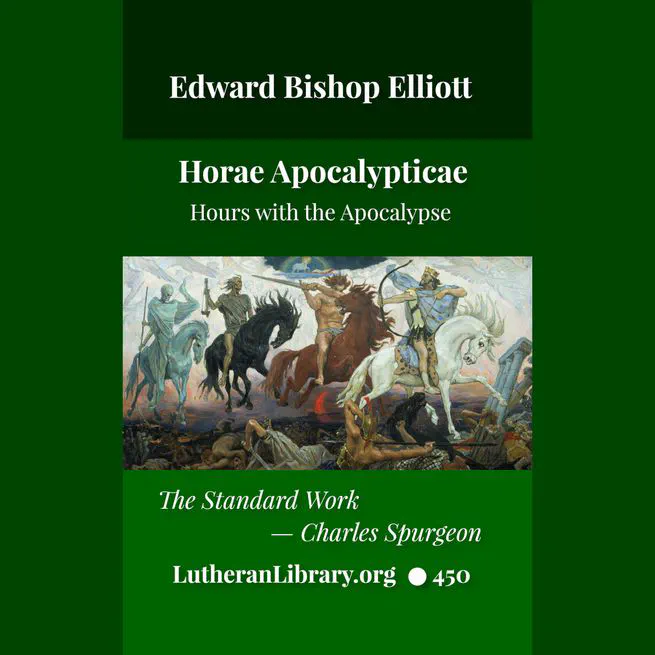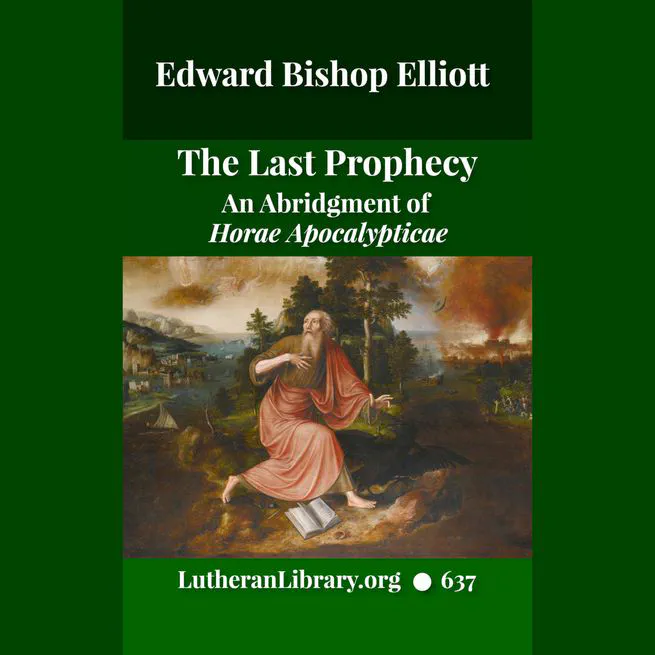Edward Bishop Elliott
Edward Bishop Elliott (1793-1875) “graduated from Cambridge in 1816 and he served in various positions as a minister for the Church of England. He ultimately settled at St. Marks Church in Brighton. He was of the Evangelical school… A first rate scholar, he was deeply interested in bible prophecy and devoted his lifetime to its study. His Horae Apocalypticae is the greatest historicist exposition of the Apocalypse ever written. Begun in 1837, it ran for five editions between 1844 and 1862.
“Without an equal in its exhaustive research, its 2,500 pages include some 10,000 invaluable references to ancient and modern works. Elliott scoured the British Museum for ancient coins that he used to to illustrate prophetic fulfillments. In this he was unique.
“The first of the four volumes which covers the seven seals and the seven trumpets is the most frequently quoted portion of his work. Drawing heavily on Gibbon’s Decline and Fall, his exposition has never been improved upon.
“Also, of great value, is his 288 page “History of Apocalyptic Interpretation” in volume 4. This monumental treatise is invaluable for understanding the development of prophetic interpretation. Bible prophecy can only be understood as its symbols are fulfilled. This is clearly seen as he traces the expositors growing understanding through the ages.
“The year Elliott died (1875), Charles Spurgeon wrote that Horae had become the “standard” work on the Book of Revelation. Sadly few in our Laodicean church age have ever heard of it and until recently it was very difficult to obtain.

